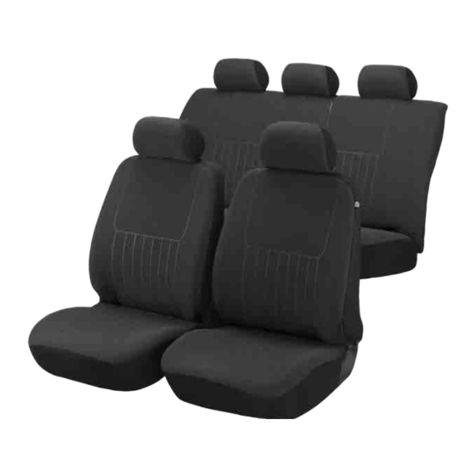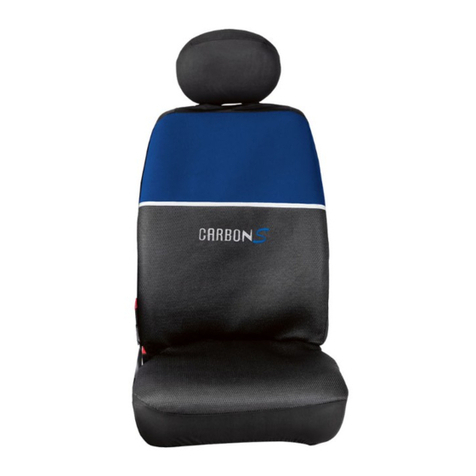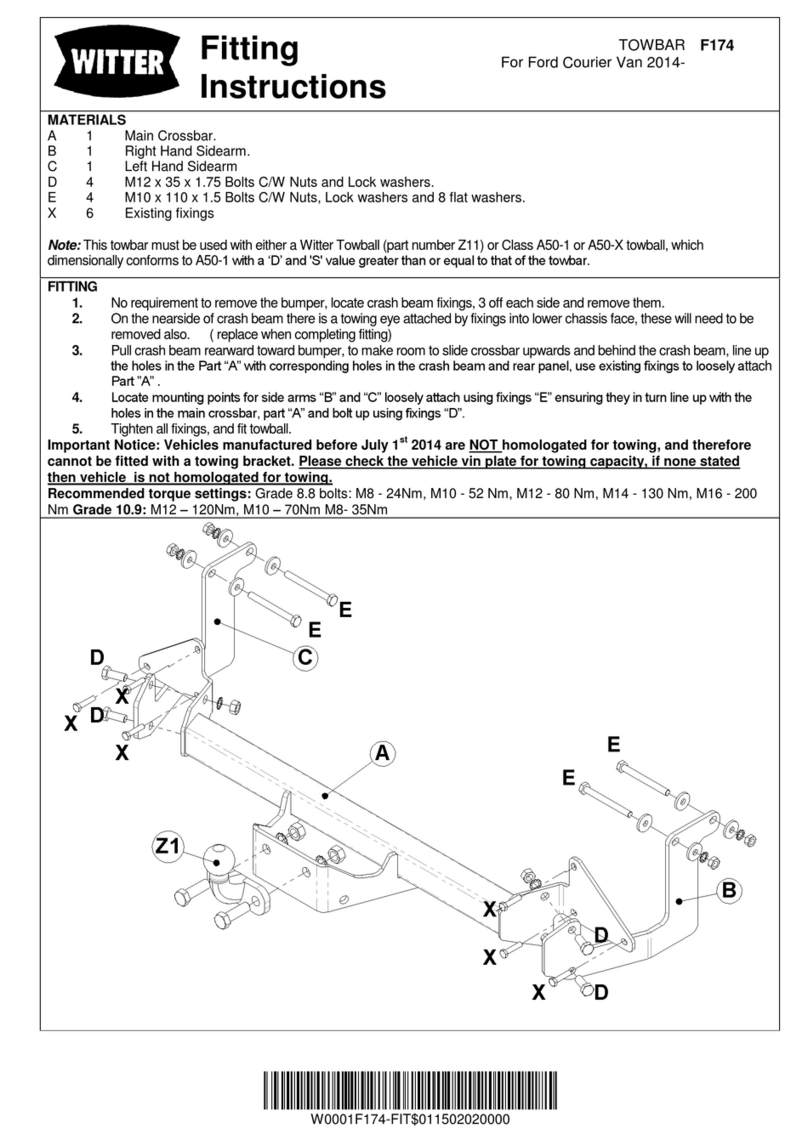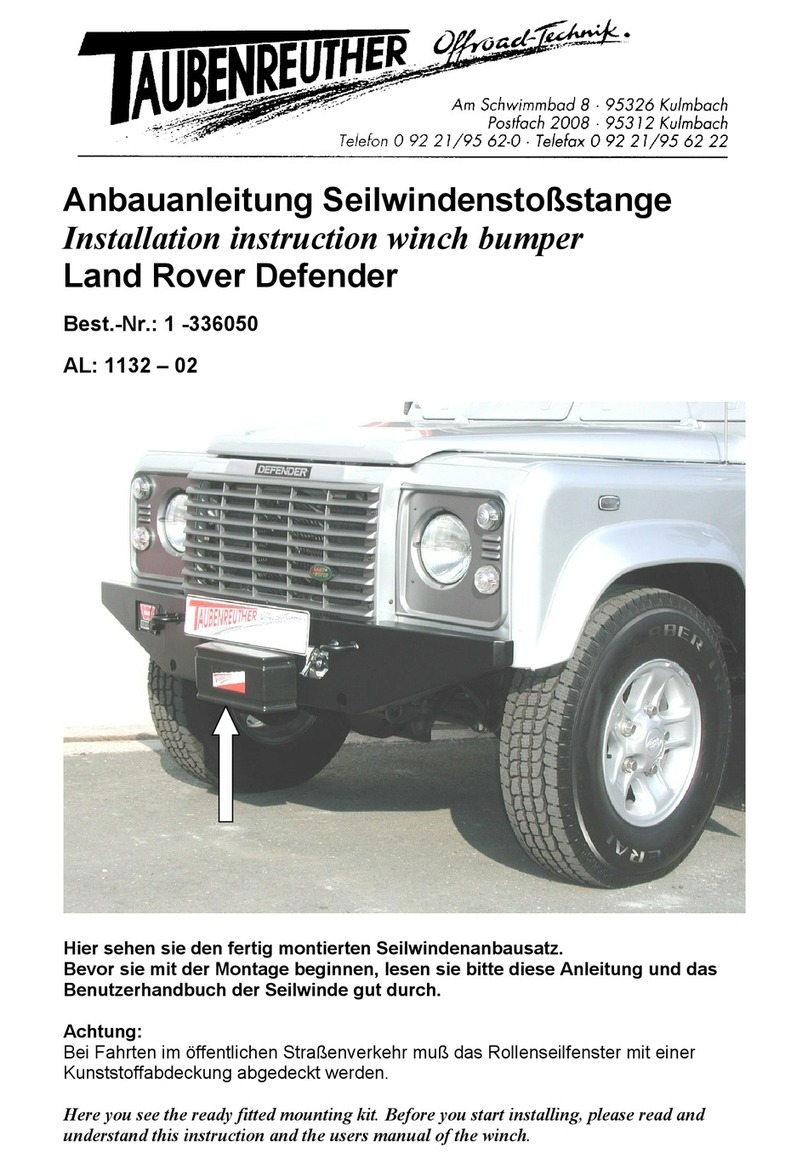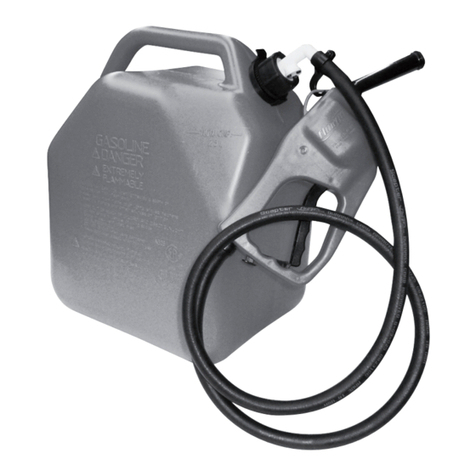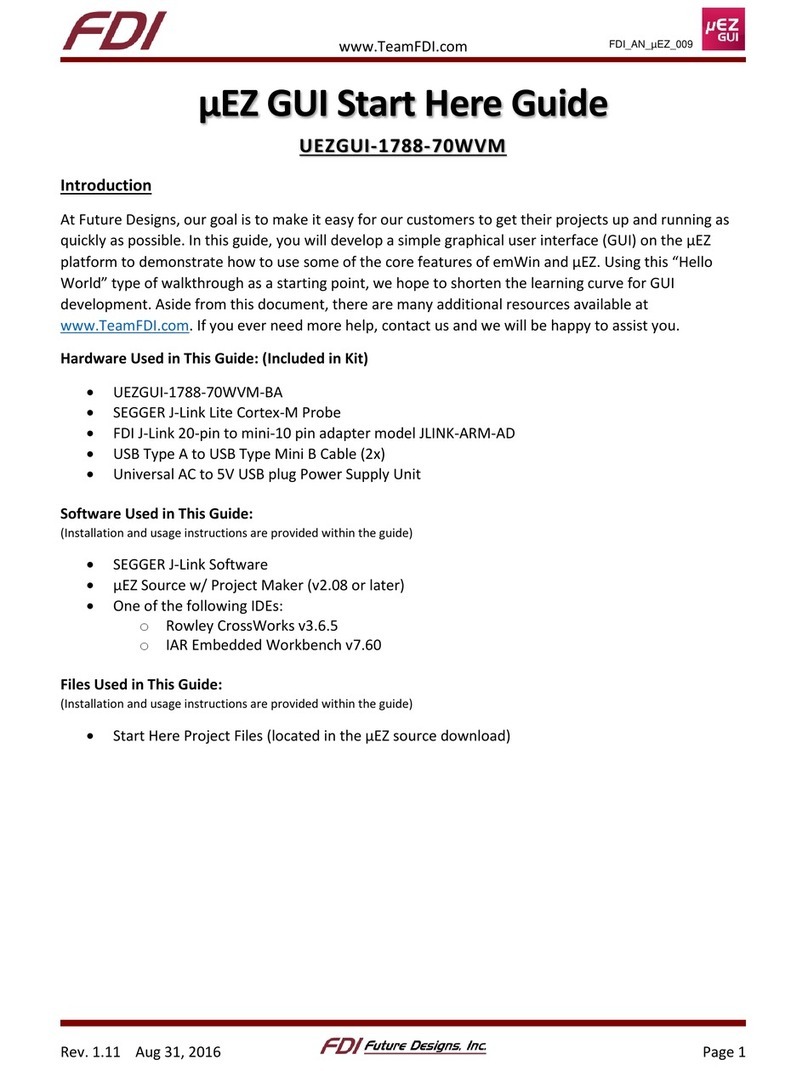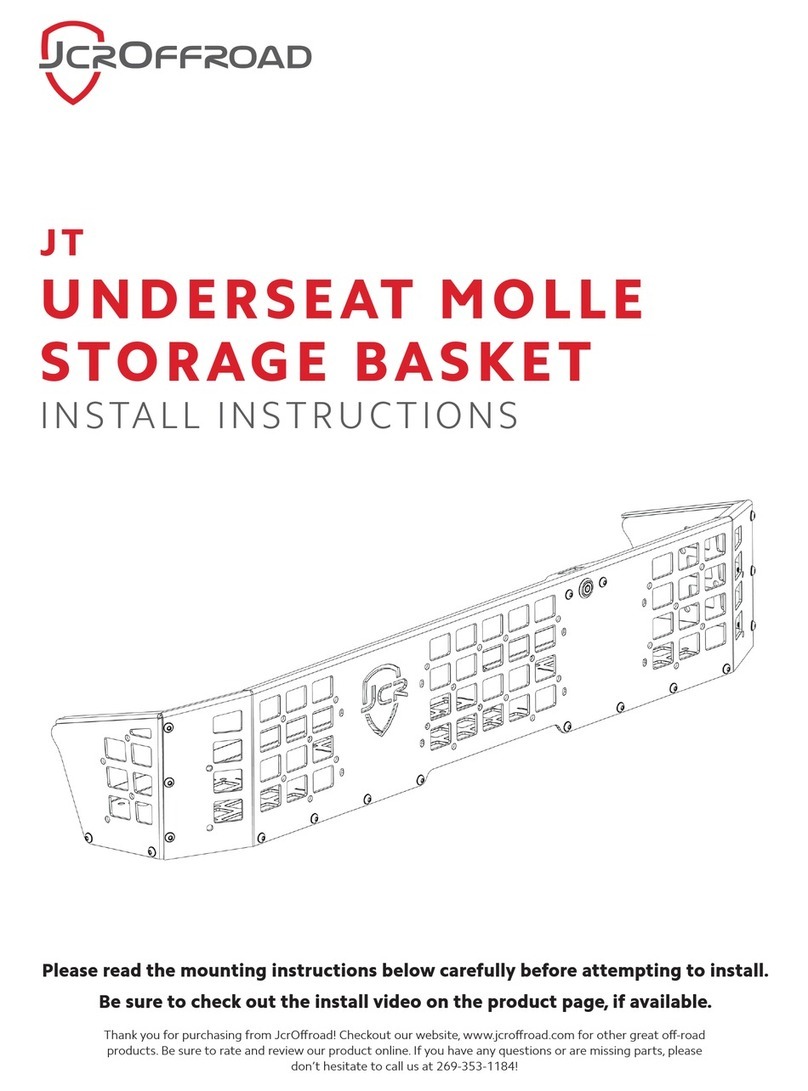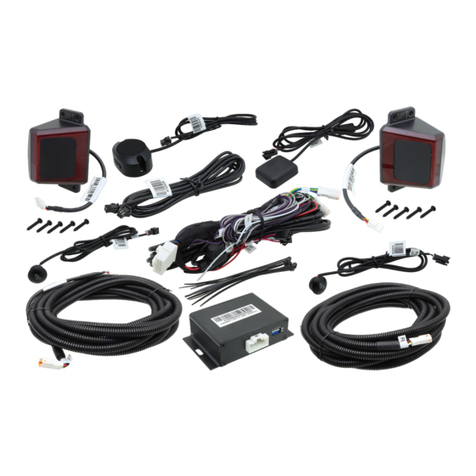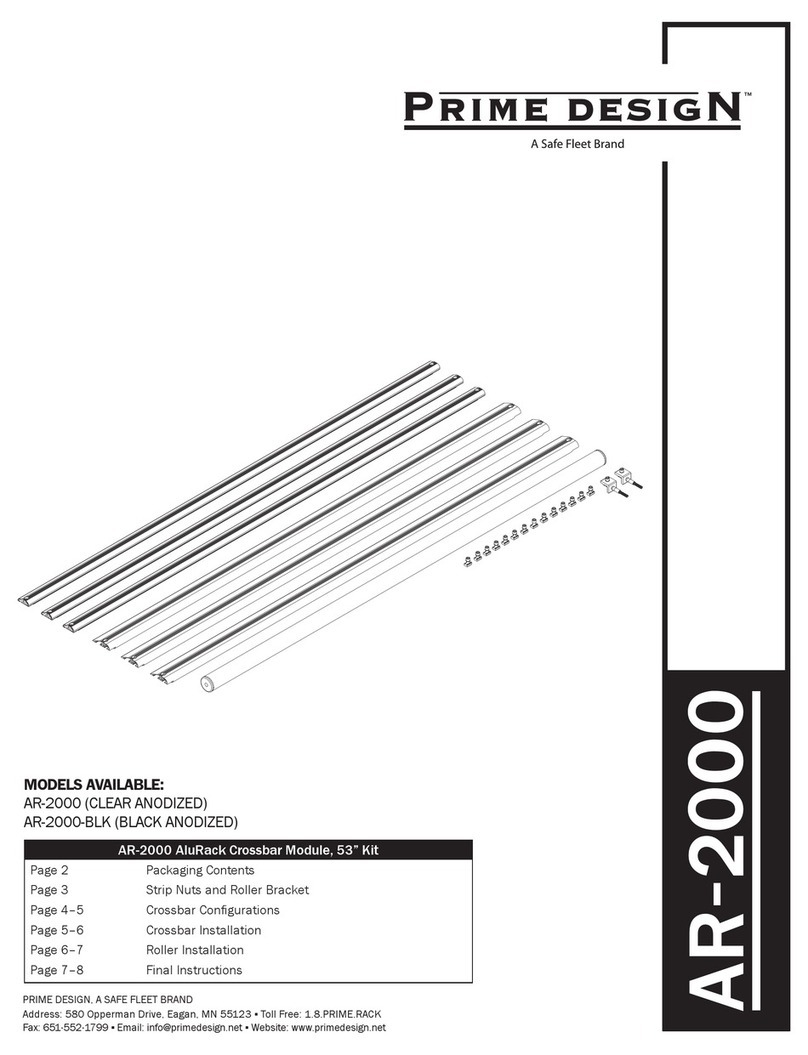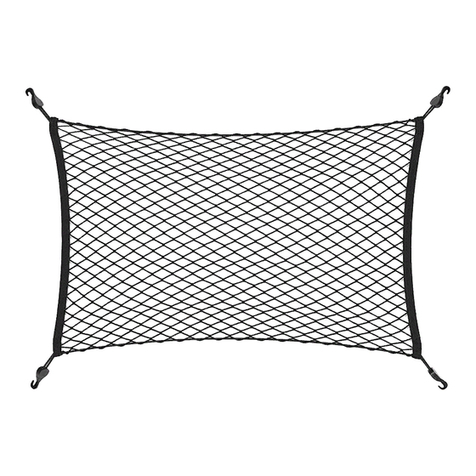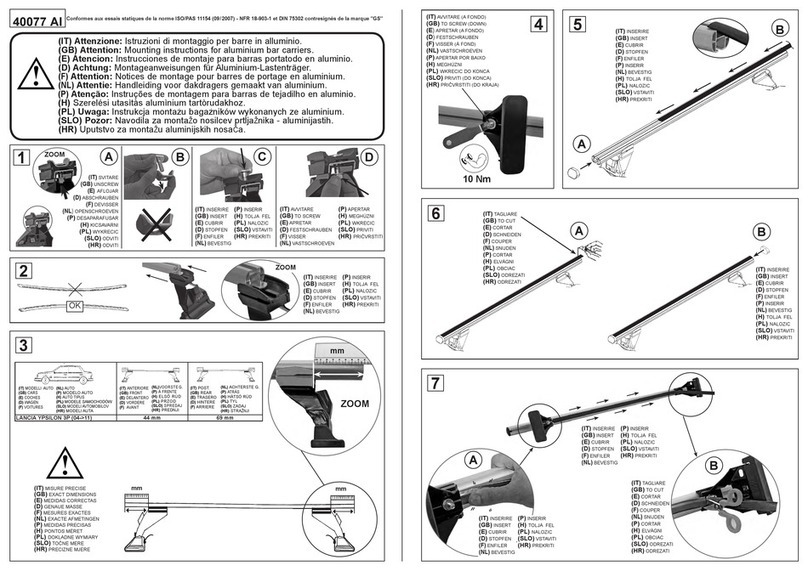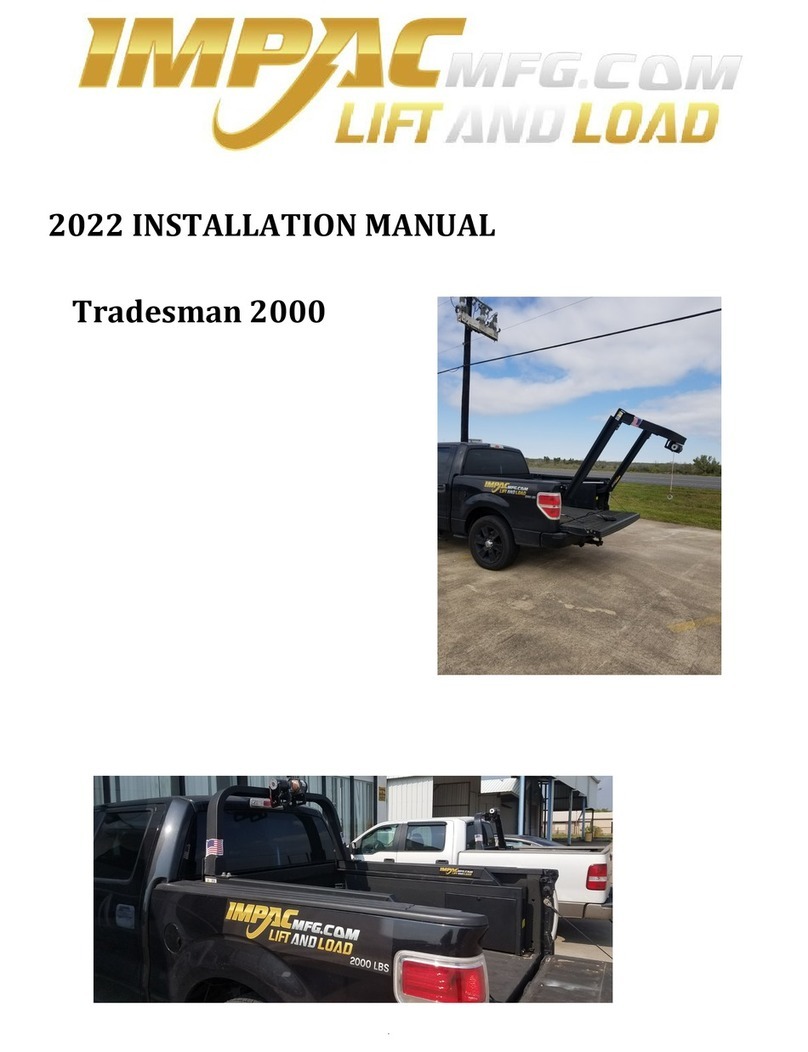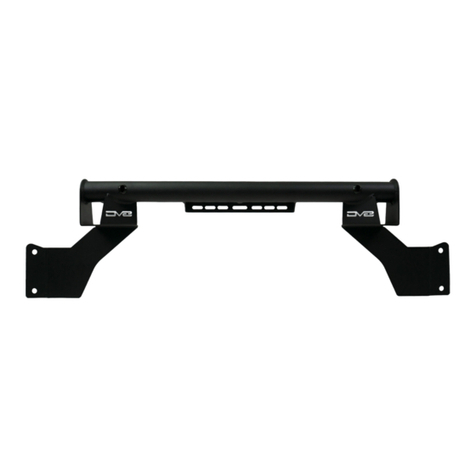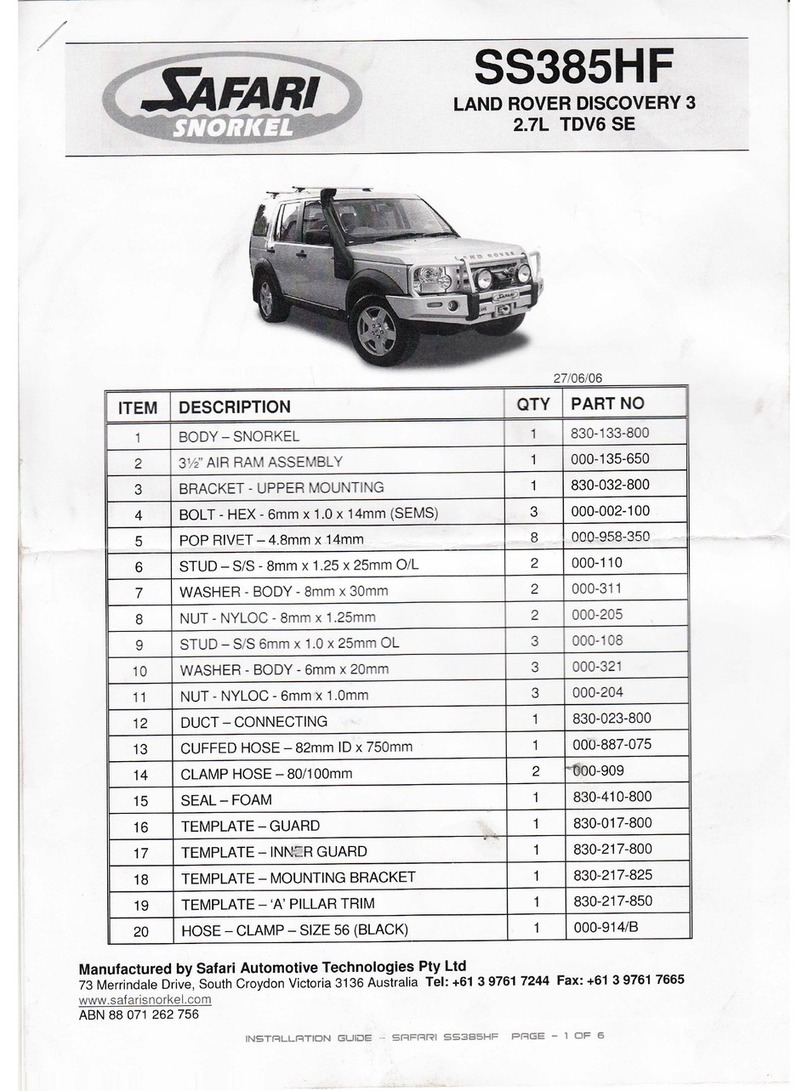
4
D
Diese mobile Dieseltankstelle DT-Mobil Easy
200 l ist ein zugelassener IBC (= Intermediate
Bulk Container) gemäß ADR für gefährliche Güter
der Verpackungsgruppe III (flüssige, nicht brenn-
bare, wassergefährdende Stoffe mit geringer
Gefahr) sowie brennbare Flüssigkeiten mit einem
Flammpunkt > 55 °C.
Der Sammel-, Transport- und Entnahmebehälter
ist auch zum Aufstellen im Freien geeignet
(Umgebungsbedingungen Kapitel 2.1 beachten!).
Eine bestimmungsgemäße Verwendung betrifft
z.B. (vorzugsweise) folgende Flüssigkeiten:
- Dieselkraftstoff/Heizöl
- Biodiesel
1.2.1 DT-Mobil Easy mit ADR-Zulassung
Erkennbar an Zulassungsnr. D/BAM...
auf Typenschild.
Für Behälter mit ADR-Zulassung gilt:
• keine Einschränkung bzgl. direktem Verbrauch
(d.h., es können vom Ausgangsort mehrere
Betankungsstellen nacheinander angefahren
werden).
• keine Einschränkung bzgl. Abladen am
Betankungsort, jedoch:
Wichtig!
In Wasserschutzgebieten nur mit
Verwendung einer Auffangwanne.
• Bezettelung (Aufkleber) erforderlich,
• Ausrüstungspflicht mit Feuerlöschgerät,
• Mitführen eines Begleitpapiers (hier Beför de-
rungs papier) erforderlich (nationale Ausnahme-
regelungen beachten!),
• die sog. „1000-Punkte-Regel“ gemäß Tabelle
1.1.3.6 ADR, d.h. Gesamtmenge pro Fahrzeug
< 1000 Punkte
(bei Dieselkraftstoff ist 1 l = 1 Punkt),
• Wiederholungsprüfung 2½ Jahre nach
Herstellungsdatum durch Sachkundigen erfor-
derlich. ADR-Zulassung erlischt nach 5 Jahren.
Nach Ablauf der 5 Jahre darf die Tankanlage
noch gemäß Regelung ADR 1.1.3.1 c) verwendet
werden (siehe Abschnitte 1.2.2 und 8.1).
Wichtig!
Lesen Sie unbedingt die relevanten
Vorschriften der ADR.
1.2.2 DT-Mobil Easy nach ADR 1.1.3.1 c)
Erkennbar am Typenschild
ohne D/BAM-Zulassungsnr.
Gemäß ADR 1.1.3.1 c) (in Deutschland sog. „Hand-
werkerregelung“) dürfen auch mit Behältern ohne
ADR-Zulassung Gefahrguttransporte durchgeführt
werden.
Für Behälter ohne ADR-Zulassung gilt:
• Transport nur für direkten Verbrauch mit Eigen-
betankung (d.h., Anfahren nur einer Betankungs-
stelle und Durchführung der Betankung nicht
durch Dritte),
• Abladen des Behälters vom Fahrzeug am
Betankungsort ist nicht zulässig,
• keine Bezettelung (Aufkleber) erforderlich,
• keine Ausrüstungspflicht mit Feuerlöschgerät,
• kein Begleitpapier erforderlich,
• zulässiger Behälterinhalt: max. 450 l, es gilt
ebenfalls die sog. „1000-Punkte-Regel“
(siehe Abschnitt 1.2.1),
• keine Wiederholungsprüfung erforderlich;
• keine Lebensdauerbeschränkung.
1.2.3 Zusammenfassung
Eine andere Verwendung ist nicht bestimmungs-
gemäß!
Aus Sicherheitsgründen ist es auch nicht gestattet,
Umbauten an der Tankanlage vorzunehmen (außer
der Anbau von Zubehör, das speziell durch den
Hersteller bereitgestellt wird (siehe Kapitel 6).
Zur bestimmungsgemäßen Verwendung gehört
auch das Beachten aller Hinweise in dieser
Betriebsanleitung.
Wichtig!
Eine sachwidrige Verwendung ist
demzufolge auch das Nichtbeachten der
Hinweise dieser Betriebsanleitung.
D e s w e i t e r e n :
• Nichtbeachtung der Regelungen der ADR
(einschließlich 1.1.3.1 c) und jeweils gültiger
nationaler Bestimmungen.
• Lagerung und Transport von anderen als den
unter bestimmungsgemäßer Verwendung
genannten Flüssigkeiten, z. B.: Bioethanol,
Chemikalien, Öle (Schmier-, Hydraulik-,
Pflanzenöl).
i
i
i
i
i
